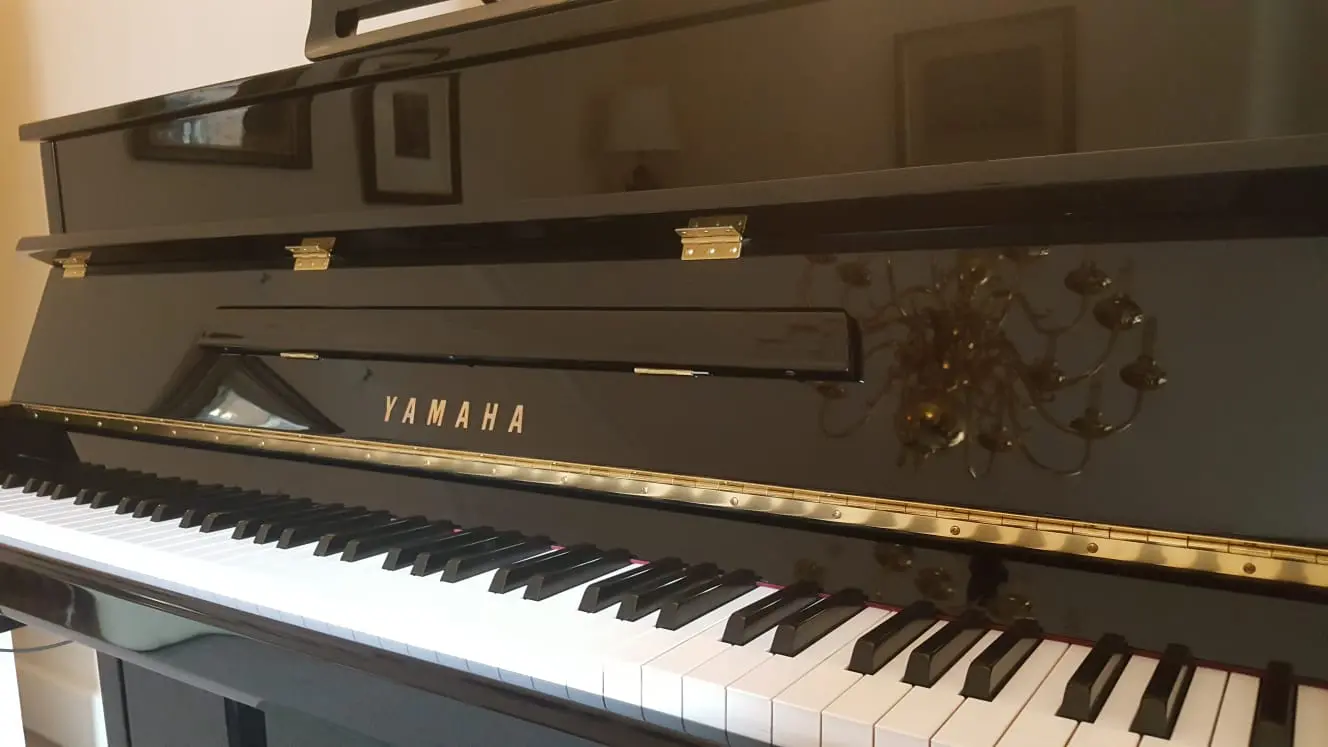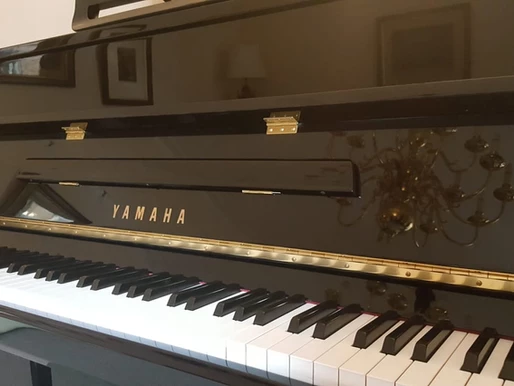Piano Lessons, Uncategorized
Tips for Practising and Sight Reading
Reading a piano sheet music :
In a previous article, I briefed about the main differences between the two ways of playing music whether known or completely unfamiliar. I have had many students whether trying out new music or preparing for exams completely stuck on music sight reading so we went through many practices runs until it became routine.
We can get completely thrown by the fact we have very limited time to sight read (mainly half a minute) as opposed to learning a new piece over weeks or months.
Practicing is great because we can add new ideas or keep discovering new things about a piece of music we may have known for up to years. Sight reading is the entire opposite where we have to think on our toes and read ahead.
Learn to sight read music
Learning to read music
How to read piano music and sheets in general? My suggestions were that learning its best bit by bit from sections down to the phrases and notes. When sight-reading music, our best advantage is from learning as many different keys as possible so we can make the educated guess to see where the patterns are going. The most important thing in practice though is how we can approach it methodically.
With piano Sight Reading one useful tip to bear in mind is that even before these precious 30 seconds start- we already have the score in front of us (check that key signature!)
While we are ‘practising’ this, go straight for the most difficult looking part first so we are better prepared. Then the second most etc.
With any time remaining, skim-read the rest of the piece (even without playing this) to get the general shape. Where it goes up or down. While you are playing, pick up any dynamics or tempo changes along the way.
The key with this is to prioritise. If you see the tempo is Allegro and you feel unable to do so- remember to go for the nearest comfortable tempo. Notes and Rhythm are the most obvious aspects to hear so prioritise these two things. We can’t practice sight reading the same piece but we can always practice the same approach.
How to read piano music – How to practice piano
With Learning, our mind processes one new piece of new information at a time. The key with this is organisation.
For us musicians whether pro or student, we are tempted to want to play the music immediately. Go for one element at a time and we can learn a new piece sooner than we think.
- Notes– the most important is to hear the pitch first, without rhythm ideally. We can’t really expect to have accurate rhythm unless we (and our fingers) know what we are doing with the notes first
- Rhythm– putting shape in the melody
- Technique– the physical tools we are using to play the passage, becoming aware of the bigger picture (rotation, forearm etc.) I choose this after rhythms as some techniques are reliant on rhythm, For pianists for example- using the wrist technique relies totally on knowing the rhythm first so we can execute the technically effectively. Violinists use sautille which relies on semiquavers
- Sound and Dynamics– the ‘presentation’ of the piece. Sound can be anything from phrasing, tone, articulation, pedalling or vibrato to convey interpretation.
- Tempo- After all ingredients are put together we can practice the full package.

#pianolessonsLondon #pianoteacherslondon #adultpianolessons #pianolessonsforbeginners #howtoreadmusic #howtoplaythepiano #howtoreadmusicnotes #musicforreading

